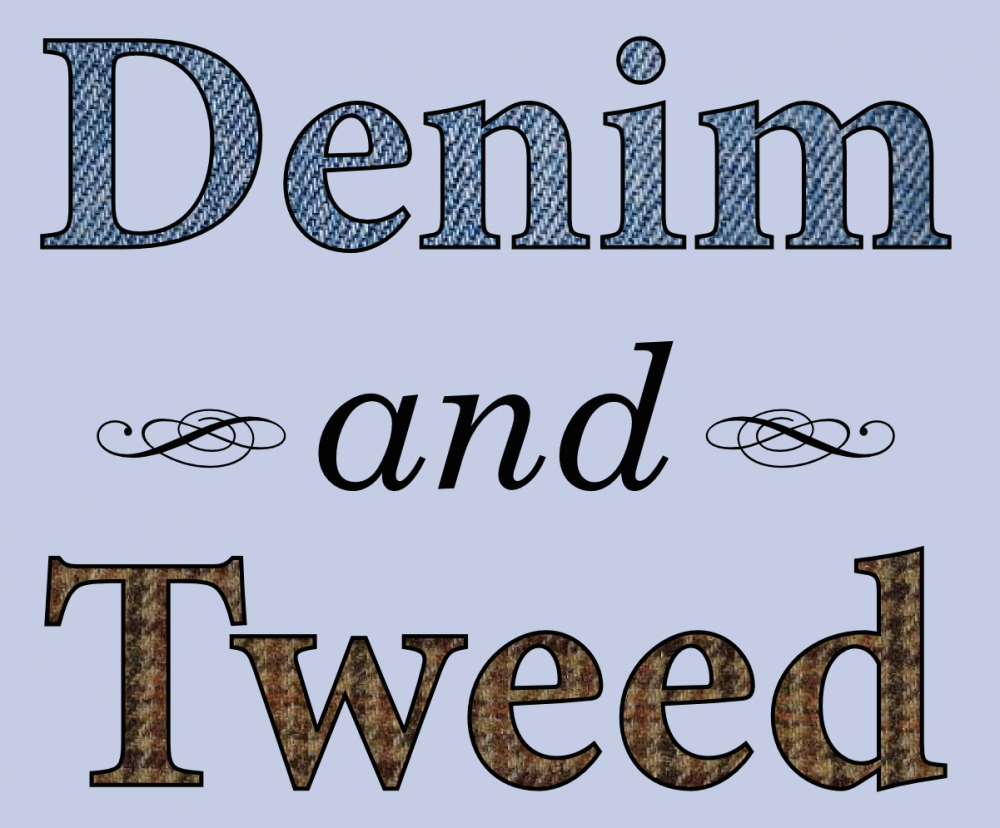 Getting all “House of Cards.” Photo by drewgstephens.
Getting all “House of Cards.” Photo by drewgstephens.- This week, at Nothing in Biology Makes Sense! I explain why I think we should study the evolution of human sexuality.
- And, at the Molecular Ecologist: I fret about Congressional interference in NSF’s grant review process.
- With an apperance by some guy with a really weird middle name. A nice extended meditation on the biological basis of sexual orientation.
- Something to keep in mind while teaching: It hurts to feel stupid.
- The solution for bad science: more science. How the emergence of evolutionary biology overturned a major “scientific” justification for slavery.
- Mr. President, we must not allow an implementation gap! Is there a gap between ecological theory and conservation practice?
- NSFW if you’re an orchid; just embarrassing if you’re a bee. How orchids trick bees into mating with them. With video!
- And it has
nothingeverything to do with the fact that she’s black. Sixteen-year-old girl faces felony charges for DIY chemistry experiment. See also, also, and also. If that sounds crazy to you, there is a petition you should sign. - Because, fitness. A nexus of recent human evolution might just be pregnancy.
◼









